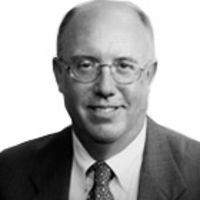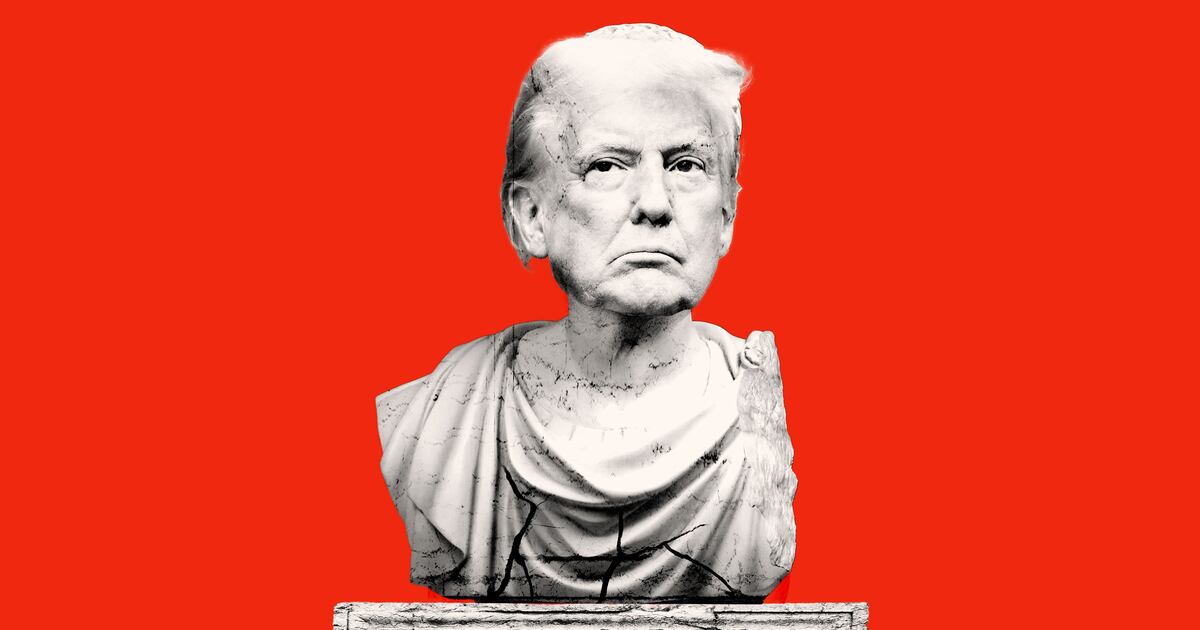The heart of the attack on America 10 years ago was a small cell of fanatics led by Mohammad Atta, the so-called emir of the Manhattan raid, who created the group among fellow Muslims living in Hamburg, Germany, in the late 1990s. The Hamburg cell was inspired by the father of modern Islamic terrorism, Abdullah Azzam, a Palestinian who still inspires attacks on America around the world but is virtually unknown to most Americans.

The Hamburg cell provided three of the four pilots who flew their hijacked aircraft into the twin towers, the Pentagon, and a Pennsylvania farm. Atta, an Egyptian, was the group commander and the link to al Qaeda’s leadership in Afghanistan and Pakistan. An architecture student, Atta was by all accounts a very determined and ruthless person. He built the Hamburg cell around him and provided it with its ideology and mission. Osama bin Laden was so impressed by Atta when he met him that he immediately decided the Egyptian was the man for the Manhattan Raid, as al Qaeda calls the 9/11 attacks. Atta recruited the other two pilots, a Lebanese and an Emirati from the United Arab Emirates who were also students in Hamburg.
Atta and his comrades were disciples of Azzam, a man little mentioned in all the 9/11 anniversary documentaries but who was the father of the modern global jihad. Born in the Palestinian West Bank when it still belonged to Jordan in the 1950s, Azzam grew up with an abiding hatred for Israel. In 1967 his family fled east across the Jordan River after Israel took Jerusalem and the West Bank in the Six-Day War. He was educated in Islamic law and philosophy in universities in Amman, Damascus, and at Egypt’s al Azhar University, one of the oldest universities in the world and the most prestigious in the Muslim world. Azzam met bin Laden in Jeddah, Saudi Arabia, in 1980 when Azzam taught at a Saudi university. Bin Laden fell under his spell.
When the Soviet Union invaded Afghanistan, Azzam was one of the first Arabs to go to Pakistan to help the mujahideen. Bin Laden came to join him in Peshawar, Pakistan. Working with bin Laden, Azzam set up a guest house for foreign Muslims to come to and join the war. This partnership would be the germ of today’s al Qaeda. Azzam also helped set up the Pakistani terror group Lashkar-e-Taiba, which attacked Mumbai in November 2008. And he was a central figure in the creation of the Palestinian terror group Hamas, which now rules Gaza, helping write its founding charter.
Throughout the 1980s Azzam traveled around the world, including to America, to urge Muslims to join the “caravan of jihad” in Afghanistan. He developed the idea that Muslims should fight one truly global jihad against their enemies, first Russia and then America, rather than many narrow separate national fights against their immediate rulers. Azzam wrote dozens of articles and books extolling the need for a worldwide battle against Islam’s enemies, and his book The Defense of Muslim Territories is perhaps the seminal work of the global jihad. His works also glorified suicide operations and martyrdom, the essential elements of al Qaeda’s tactics. As one former head of Israel’s secret intelligence service, the Mossad, told me years ago, Azzam is both the father of the global jihad and the most important intellectual inspiration of the jihadis’ war on America. Today terror groups around the world often praise Azzam’s inspiration for their work and name their attacks in his honor.
Azzam was assassinated in 1989 in Pakistan. Who did it is still a mystery, although the best evidence points to the Jordanian intelligence service. But his writings were devoured by the Hamburg cell and are must-reads for any jihadist today. Faisal Shahzad, the Pakistani who built a car bomb last year and tried to set it off in Times Square, has said Azzam was his inspiration. The Jordanian triple agent who blew himself up in a CIA base in Afghanistan in December 2009 was a disciple of Azzam and said his mission was in part revenge for Azzam’s death. The list of his disciples includes Abu Musab al-Zarqawi, the founder of al Qaeda in Iraq, and Anwar al-Awlaki, the New Mexico-born operations commander of al Qaeda in the Arabian Peninsula.
At least one member of the original Hamburg cell is still alive and working in al Qaeda’s Pakistani hideouts. Said Bahaji, the son of a German mother and a Moroccan father, is now high on the target list as we try to defeat the al Qaeda core group for good.
Bahaji fled Hamburg on Sept. 4, 2001, for Karachi, Pakistan. Since then he has been linked to a number of al Qaeda operations. He may have had a hand in the March 11, 2004, subway bombings in Madrid that killed almost 200 people. Some also have linked him to the foiled 2006 plot to blow up 10 jumbo jets flying from London to the U.S. and Canada that was to have been al Qaeda’s spectacular atrocity on the fifth anniversary of 9/11 before British intelligence broke it up. Bahaji’s passport was found in an al Qaeda safe house in Pakistan in 2010. He now is believed to be working in helping to put out al Qaeda’s propaganda from its As Sahab media wing. As Sahab regularly recites Azzam’s works in its messages.
Ten years after 9/11, al Qaeda’s core has been decimated by American counterterrorist strikes, especially the raid in Abbottabad that killed Osama bin Laden. Most of the Hamburg cell is dead or captured. But al Qaeda’s ideas have spread throughout the Islamic world, and its spiritual father, Azzam, still inspires fanatics and killers every day. Azzam, an angry Palestinian who helped create three of the most dangerous terror groups in the world today, still casts an enormous shadow across our lives.






